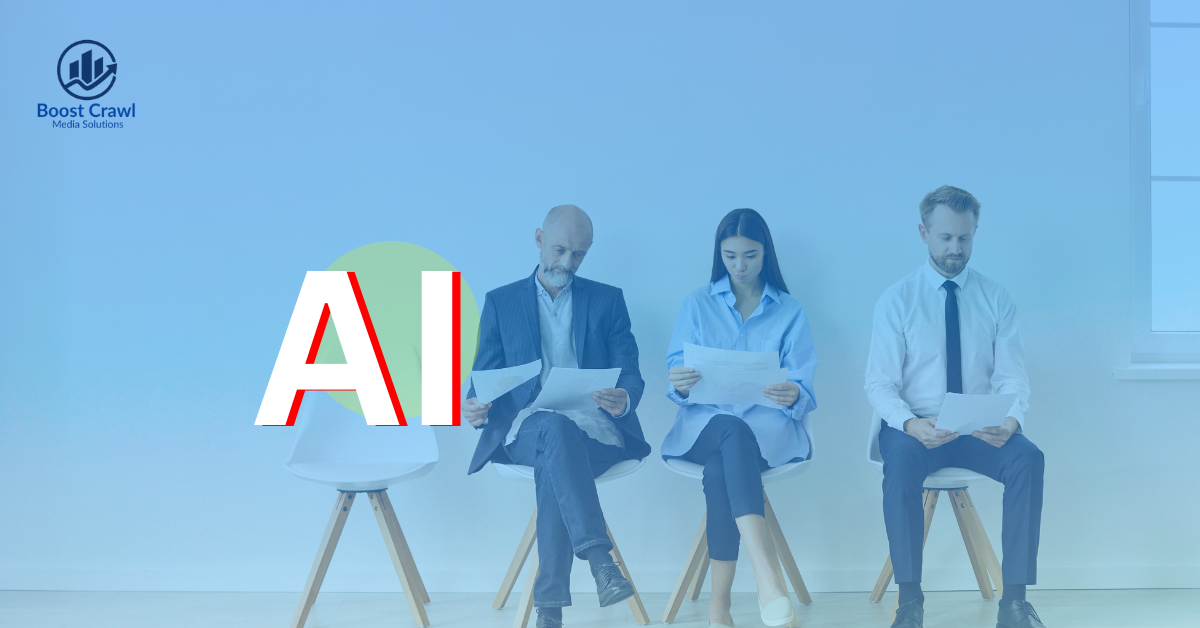
Artificial Intelligence
Artificial Intelligence (AI) has emerged as one of the most transformative technologies of the 21st century. While it promises efficiency, innovation, and economic growth, it also raises significant concerns, especially regarding employment. The conversation around AI often revolves around fear—fear of automation, job displacement, and a future where machines replace humans. However, this fear only captures half the picture. AI not only disrupts jobs but also creates entirely new roles, industries, and opportunities. In this blog, we explore both sides of the coin—how AI is destroying jobs and how it is creating more than it takes away.
How AI is Destroying Jobs
1. Automation of Repetitive Tasks
One of the most immediate impacts of AI is the automation of repetitive and routine tasks. Manufacturing, logistics, and administrative roles are increasingly being taken over by AI-driven machines and software.
Example: Assembly line jobs in automobile factories are now largely managed by robots that can perform faster, with more precision and less fatigue.
2. Reduced Need for Human Intervention
With the integration of chatbots, virtual assistants, and AI-based customer support systems, many businesses are reducing the number of human customer service representatives.
Example: Companies like banks and telecoms now use AI to handle basic customer queries, resulting in fewer support job opportunities.
3. Job Displacement in Traditional Sectors
Sectors like retail, transport, and even journalism are seeing job cuts due to AI integration.
Example: Self-checkout kiosks, AI-powered inventory management, and algorithm-generated news articles are all reducing the need for human workers.
4. Skill Obsolescence
As AI tools become more advanced, professionals with outdated skills find it increasingly difficult to compete in the job market. This is especially true for workers who haven’t kept up with technological trends.
How AI is Creating Jobs
Despite the loss in traditional roles, AI has proven to be a powerful job creator, especially in areas that require human creativity, strategic thinking, and oversight.
1. New Job Categories
AI has given rise to entirely new professions such as data scientists, machine learning engineers, and AI ethicists.
Example: The role of an AI Prompt Engineer—someone who writes effective prompts for AI models—didn’t exist five years ago but is now in high demand.
2. Enhanced Human Roles
Rather than replacing jobs, AI often enhances them. Many professionals use AI tools to automate mundane parts of their work, allowing them to focus on higher-level tasks.
Example: Marketers use AI tools for analytics, freeing up time for creative strategy planning.
3. Growth in AI Support Industries
With the rise of AI, support industries like cloud computing, cybersecurity, and data infrastructure are booming, creating thousands of jobs globally.
4. Upskilling and Reskilling Opportunities
The AI revolution has also led to an increase in demand for training and education services. Institutions and companies offering AI courses, certifications, and boot camps are thriving.
Example: Platforms like Coursera and Udemy now feature hundreds of AI-related courses, and instructors for these programs are in high demand.
Case Studies: Dual Impact of AI
Case Study 1: Healthcare
AI applications in healthcare—like image recognition for radiology or predictive algorithms for patient care—have both replaced certain diagnostic tasks and created new roles in AI healthcare development and ethics oversight.
Case Study 2: Transportation
Autonomous vehicles are reducing the need for drivers but creating new roles in vehicle monitoring, algorithm training, and fleet management.
Case Study 3: Content Creation
While AI tools like ChatGPT are used for generating content, they also create jobs for AI trainers, prompt designers, and quality assurance editors.
Challenges in the Transition
- Widening Skill Gap: As demand for AI skills rises, those without access to proper education and training are left behind.
- Short-term Displacement: Even if AI creates more jobs long-term, workers displaced today may struggle with unemployment and financial insecurity.
- Ethical Dilemmas: With AI’s growing influence, ethical concerns about data privacy, bias, and job fairness need to be addressed.
How Businesses Can Adapt
- Invest in Training Programs: Companies must provide continuous learning opportunities for employees.
- Promote Internal Mobility: Encourage employees to shift into AI-enhanced roles within the organization.
- Adopt a Human-AI Collaboration Model: Rather than replacing workers, companies should explore how AI can assist them.
How Employees Can Adapt
- Lifelong Learning: Embrace online learning platforms to stay updated.
- Build Soft Skills: Critical thinking, creativity, and emotional intelligence are harder to automate.
- Follow the Trends: Stay aware of AI advancements and new roles being created.
Conclusion
AI is not inherently a job killer or a job creator—it’s a tool. How we use it determines its impact on employment. While it’s true that some jobs will disappear, even more are being created. The key lies in preparation, adaptation, and proactive upskilling. Rather than fearing AI, we should focus on harnessing it to build a more innovative, inclusive, and sustainable future for the global workforce.